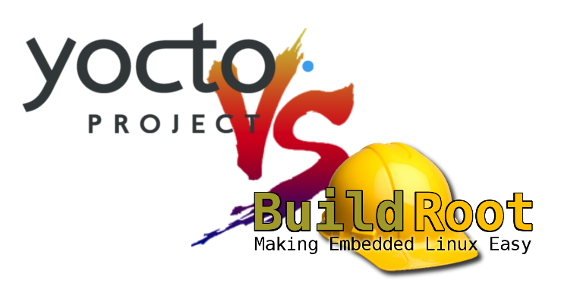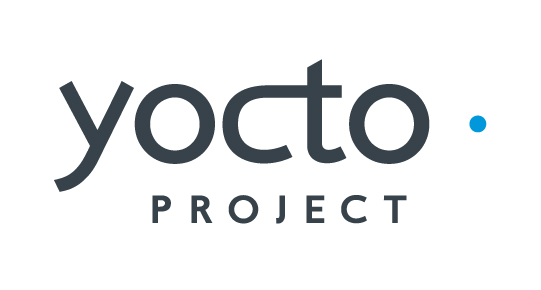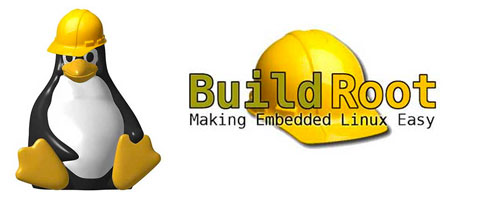Introduction
Recently we had the need to build a really little system image (kernel + rootfs) for x86 architecture, which will be able to boot from RAM memory. We decided that it would be a good idea to build it with Yocto and Buildroot and compare the results.

In order for the results to be as reliable as possible, the presented information refer to the minimal images build with default configurations without any additional packages and changes in the system. In both cases, the image was built for QEMU x86.
Minimal image with Yocto
To build the image we have used the latest stable version of Yocto - 2.7 (Warrior).

The core-image-minimal image based on a standard Poky distribution was rejected at the very beginning of consideration. First of all, it doesn’t build the initramfs. Secondly, the size of rootfs and kernel significantly exceeded the acceptable value. The next most reasonable step was to try the build of core-image-minimal with Poky-Tiny. The results were very satisfying:
|
|
The most important information about the built system (default settings):
- C standard library is the musl libc,
- Linux version is 5.0.7,
- BusyBox version is 1.30.1.
The elements of the rootfs that use the most of the space are shown below (size of files / directories after decompression):
|
|
As expected, a very large part of the file system is BusyBox and LibC,
but /usr/lib/opkg/alternatives was a surprise. This directory contains files
that store information about alternative versions of installed applications.
It’s not needed in our case, so we can remove it. If necessary, in the next step
we could reduce the utilities of the BusyBox to get even smaller filesystem.
Minimal image with Buildroot
To build the image we have used the latest long term support version of Buidroot - 2019.02.3.

As a base we used the qemu_x86_defconfig and added only the necessary changes. Firstly, we enabled the build of cpio root filesystem and gzip compression of output file (as a default ext2 rootfs is built). Secondly, we set properly TTY port for getty. In this case, the results also met our expectations:
|
|
The total size of Linux + initramfs is a bit bigger than in case of Yocto, but it’s still lower than 5 MB. It is worth to note that rootfs is smaller than in Yocto, but kernel is relatively large. We didn’t check its configuration, but it would certainly be possible to reduce its size. We also tried to use together the initramfs built with Buildroot and the kernel built with Yocto and it worked without a problem.
The most important information about the built system (default settings):
- C standard library is the uClibc-ng,
- Linux version is 4.19.16,
- BusyBox version is 1.29.3.
The elements of the rootfs that use the most of the space are shown below (size of files / directories after decompression):
|
|
In this case, the BusyBox and LibC are smaller. A lot of space is used by kernel modules. Probably most of them are not necessary for us and can be removed.
Out of curiosity, we decided to change the C standard library to musl libc. Size of rootfs increased to 809 KB.
Results submit
We’ll need to add several packages to our target image and possibly in that form it will exceed the acceptable size value, but as we described there are a few things which can be removed. If that will not be enough, we can minimize the busybox utilities or try to match the compiler flags in order to reduce the size.
Yocto or Buildroot - which one to choose?
Of course, there is no clear answer. Both tools have their advantages and disadvantages. Buildroot is small, simple and gives quick results. Yocto needs more time to build the image, requires more disk space (in this case about 25 GB, while buildroot used about 5 GB). On the other hand it’s a complex build system, which gives more possibilities and Yocto Layers are definitely better to maintain. Depending on the specific needs, a specific tool should be chosen. The most important information from our experiment is that in this case, the resulting system from Yocto and Buildroot meet the set requirements and we are able to achieve the intended effect with both of them.
Summary
If you need a support in Yocto/Buildroot or looking for someone who can
boost your product by leveraging advanced features feel free to book a call
with
us
or drop us email to contact<at>3mdeb<dot>com. And if you want to stay
up-to-date on all things firmware security and optimization, be sure to sign up
for our newsletter:
